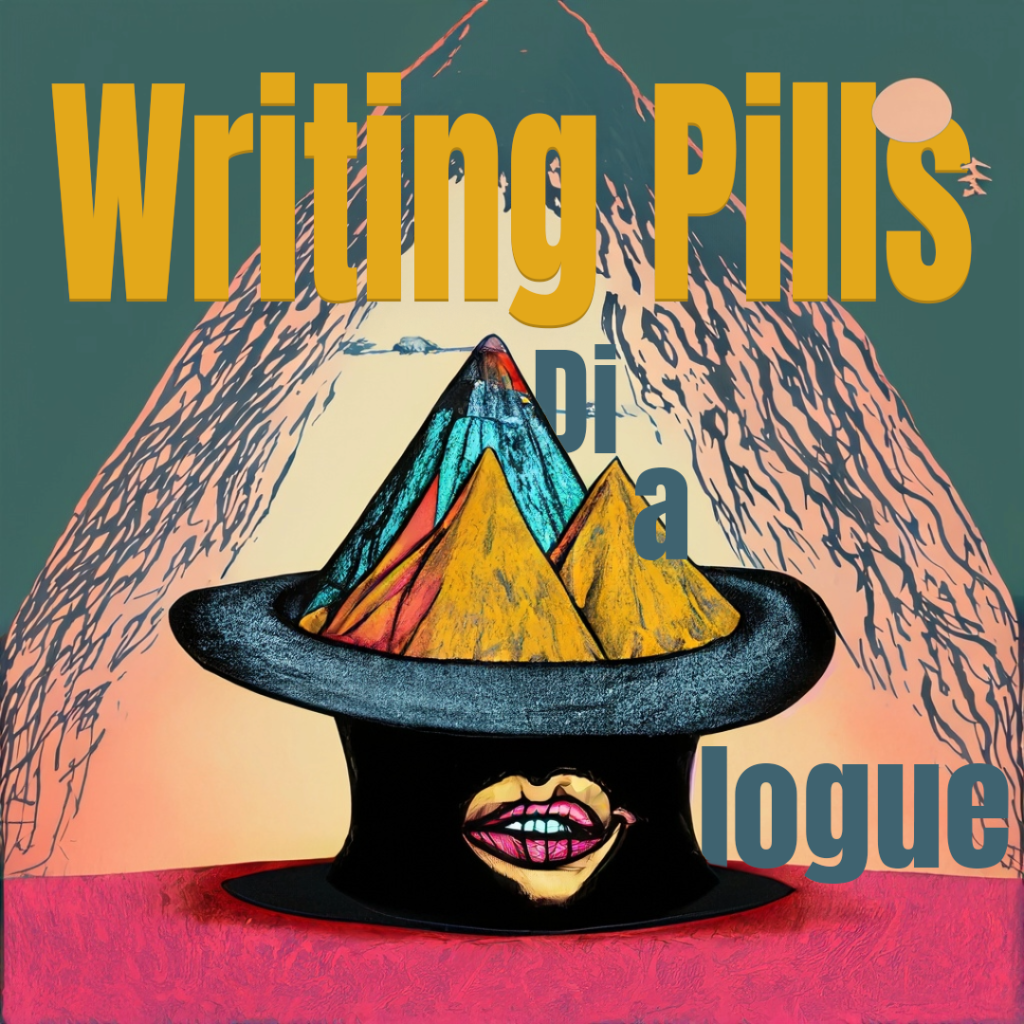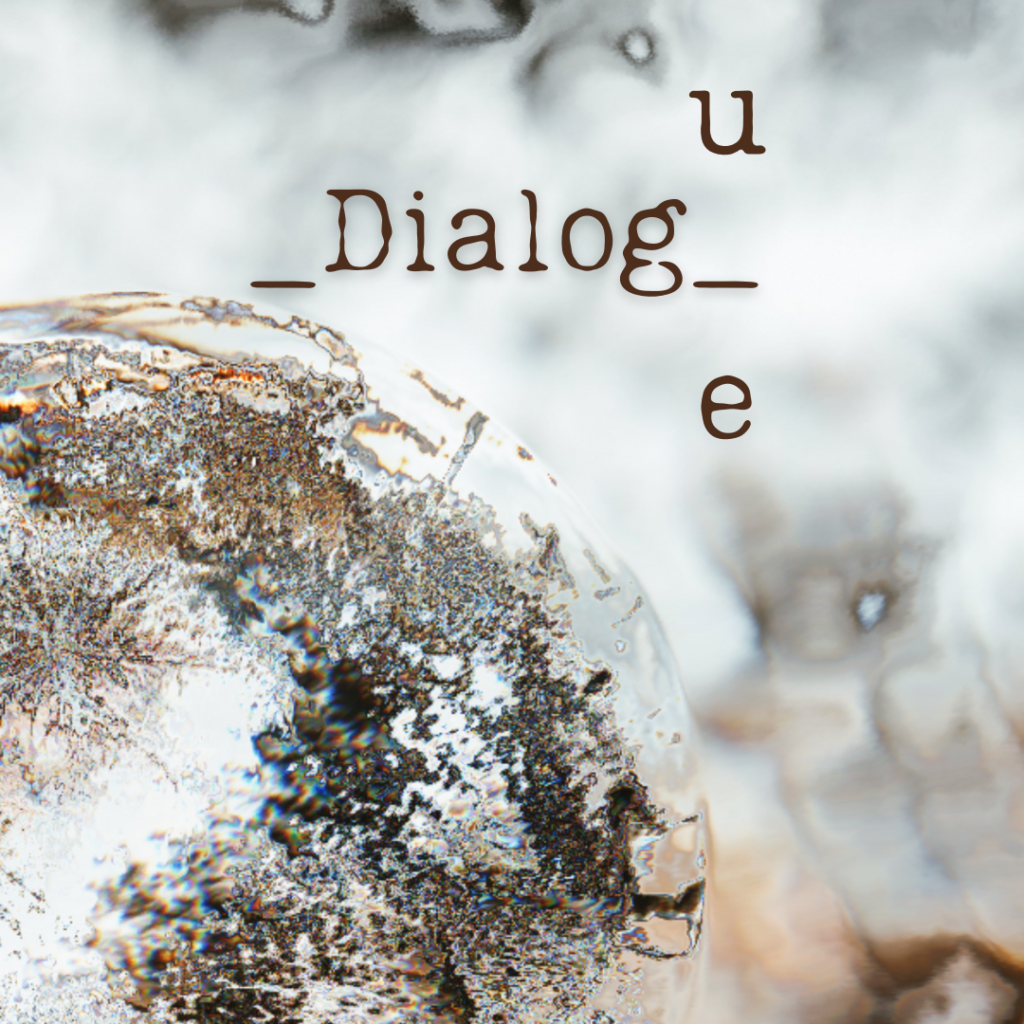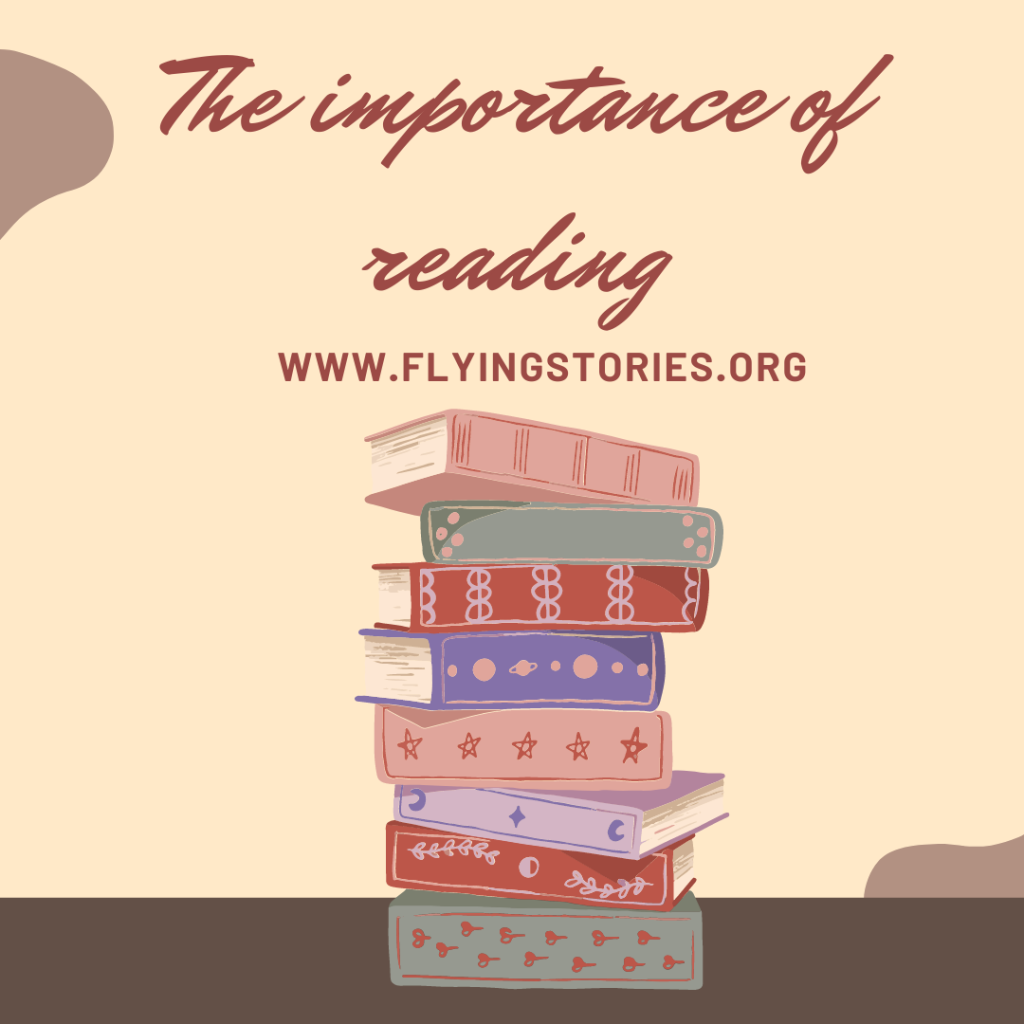Your dialogue is alive!
Scene and dialogue
Let’s speak about dialogue. We have an idea of whom our characters are and set the scene for them; now, they speak and we got to know them better through the subtext. And what is better to uncover the subtext then a well written dialogue? So, the following are some clues on how to write the dialogue, and then we’ll go to practice them:
- Write the scene’s subtext so the reader understands what the characters are really saying
- Create the proper dialogue for that scene (is it staged in a church, a park, or a prison?)
- Express your character’s inner thoughts, but use this trick sparingly. Everything is vital for your story’s success, from how the character speaks to how strong its mimic is. That’s how you deliver a message, a subtext
Well, now let’s take dialogues from some stories. The first one is an extract from The city, a short story I published some time ago. We are in a newspaper’s office, in its basement and two characters are confronting themselves. On one side is a curious journalist, a woman who wants to uncover the truth behind some mysterious killings. In contrast, on the other side, an old journalist reacts unusually.

She finally arrived in the basement and found Benito seated as always under his large lamp, his dirty hair over his face.
<<Hi, Benito!>>
The former tax attorney raised his eyes, nodded subtly to Anita and returned to his paper, moving his head like a giant, old turtle.
Anita cleared her throat to attract attention, at the same time adjusting her jacket. Anita never noticed how cold that basement was.
<< I’m so sorry, Benito, I need only some information. It happened to you to find an ad… how to say it? Peculiar?>>
This time the eyes of the old tax attorney lit up with a strange, unusual light. He answered without raising his face.
<<No, not at all. Nothing strange.>>
He replied, pursing the thin wrinkle at the side of his mouth. It was similar to a smile, for whom had a chance to learn how to read his emotions.
<<But…still…all right, don’t worry. I will check tomorrow, have a good night.>>
Murmured Anita, going up the stairs again without receiving any answer. She couldn’t guess how many volumes are written about hate, how many cathedrals build over the repressed resentment.

We first notice Benito as a silent, harmless old turtle, but the reader is about to see a change in a few lines. When the right chord is played, his expressions change; he produces a smile and a dark wrinkle. Anita is sure about herself, but suddenly she starts doubting her intuitions. We can understand it from how she speaks; her thoughts aren’t straight, and she doesn’t want to say something out loud. She can sense something isn’t right, but she doesn’t have proof. In the last scene, her intuitions will prove correct. Sadly for her, I must add.
The extract I showed you is from a short story, and it’s crucial to be precise; we need to be fast, we can only indulge a little. Think about the scene you’re writing. Remember the settings, the subtext and who your characters are, then give some life to it with mimics, sounds, and colors.
See you in the next pill of our writing in pills!

Reading is crucial because it improves the way you focus, your memory and your communication skills. Here at Flyingstories, we like to write free stories that can entertain you and help you learn Italian or English. You can change the website’s language any time you want, just by clicking on the flag. In this way, you can read stories for free in Italian and English.
Do you think you’re not ready for a long story like Go back to the future or Souls Alive? Please feel free to read our short stories in Italian and English!
This article is written by the storyteller and copywriter Daniele Frau.